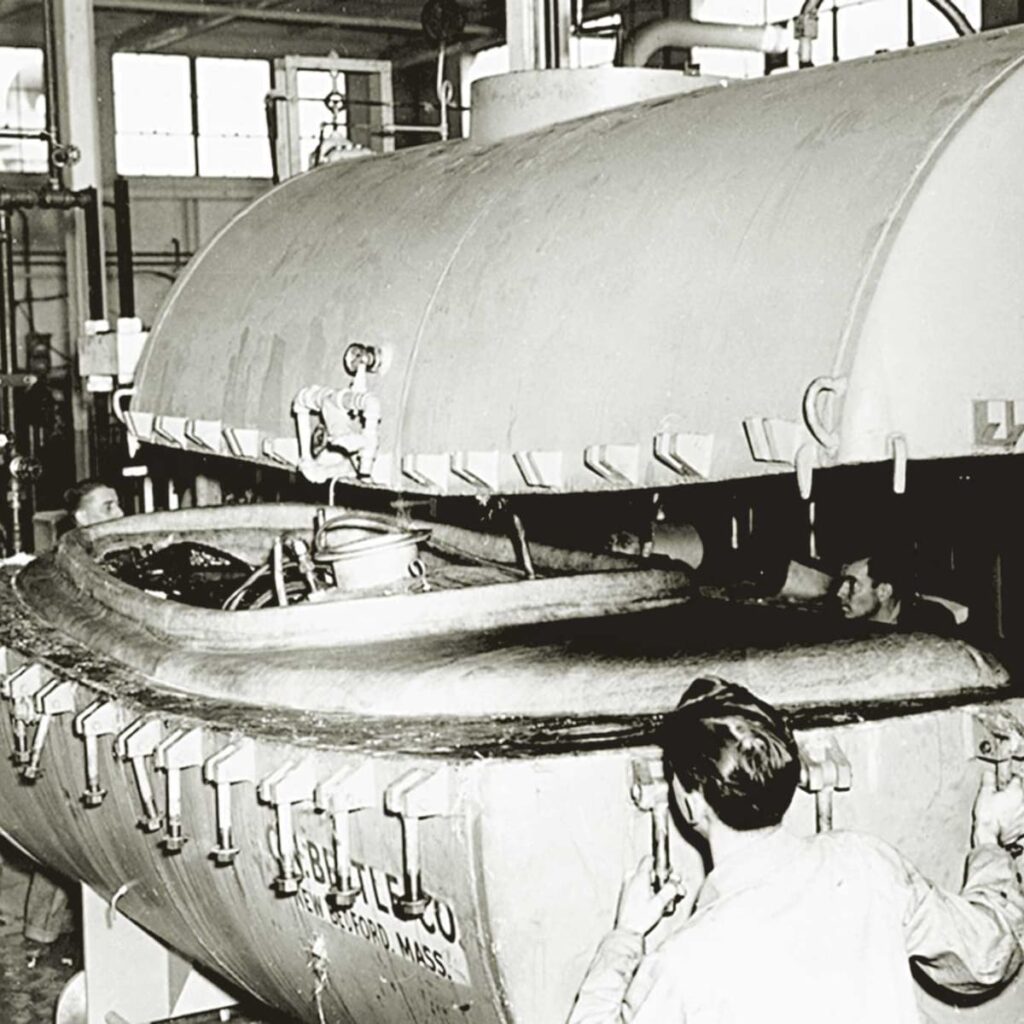In 1880
Glass fibers production has a history spanning several centuries, yet Hermann Hammesfahr, a Prussian inventor, was granted the initial patent in the U.S. in 1880.
In 1932
In 1932, a groundbreaking technique for mass-produced glass strands was accidentally discovered. Games Slayter, a researcher at Owens-Illinois, fired a stream of compressed air onto molten glass, resulting in glass fibers. This innovative method of fabricating glass wool was patented in 1933.
In 1935
Owens-Illinois joined forces with Corning company in 1935, fine-tuning the process to create their signature “Fiberglas” in 1936. Initially, Fiberglas was primarily glass wool with fibers encapsulating a significant volume of gas, rendering it effective as a high-temperature insulator.
In 1942
In 1936, DuPont unfolded a compatible resin that could be bonded with fiberglass to form a composite material. The earliest precursor to modern polyester resins arrived on the scene with Cyanamid’s 1942 resin, which incorporated peroxide curing systems. The combination of fiberglass and resin substituted the material’s gas content with plastic. While this decreased the insulating capabilities to typical plastic levels, it showed considerable strength for the first time, showcasing its potential for structural and construction material. The term “fiberglass” continues to be used widely for numerous glass fiber composites and for the low-density glass wool product that included gas instead of plastic.
In 1946
Ray Greene of Owens Corning is recognized for building the first composite boat in 1937, although he suspended further developments due to the material’s brittleness. In 1939, claims emerged of Russia fabricating a boat with plastic materials, while the United States constructed an aircraft’s fuselage and wings from plastic. The first car to flaunt a fiberglass body was a 1946 prototype, the Stout Scarab, but it never made it to production.

